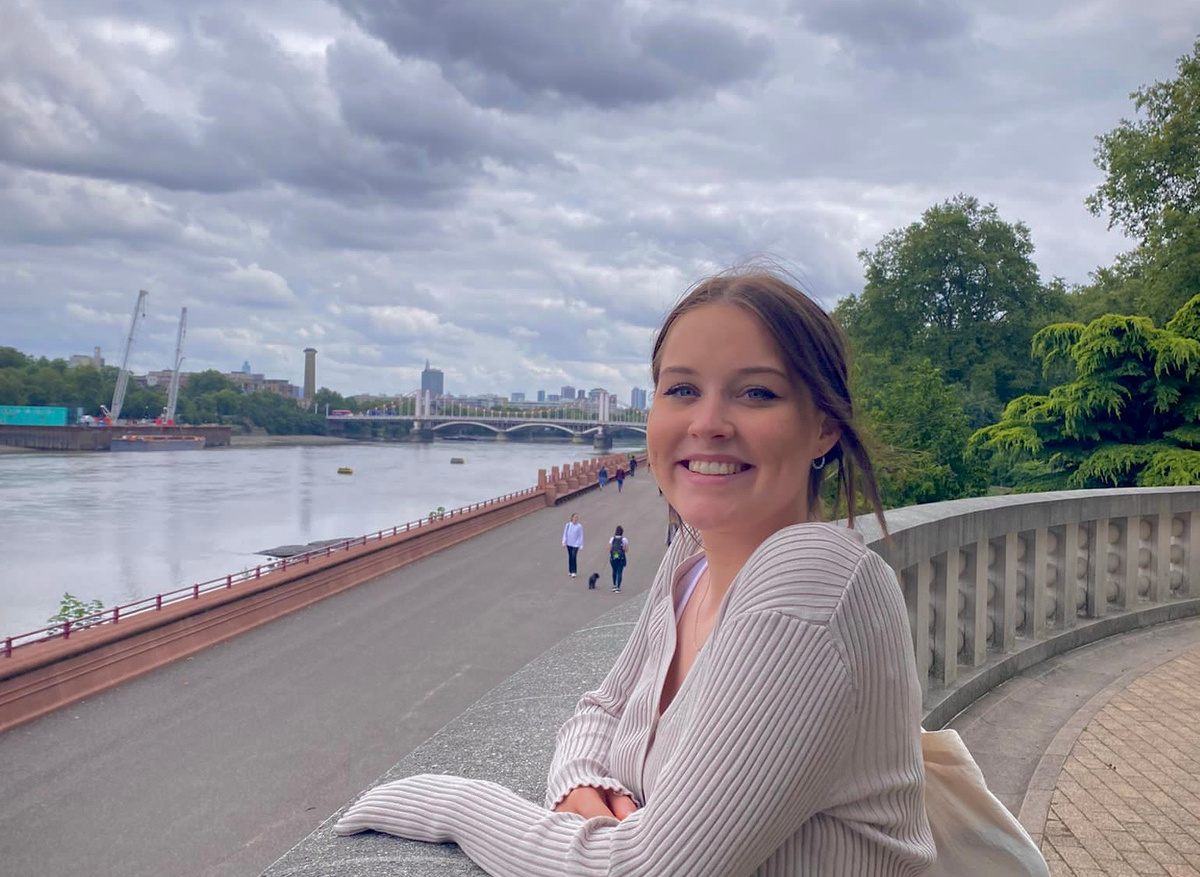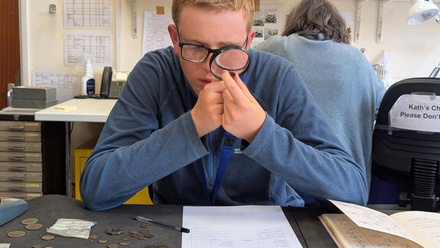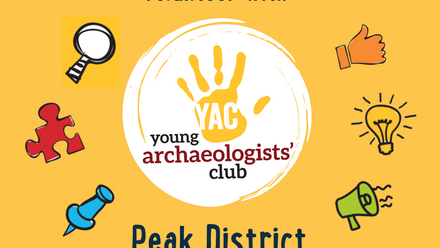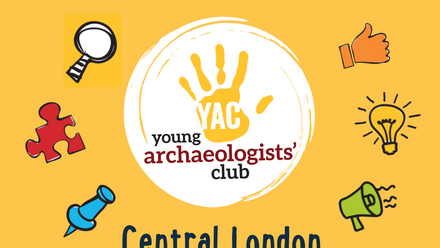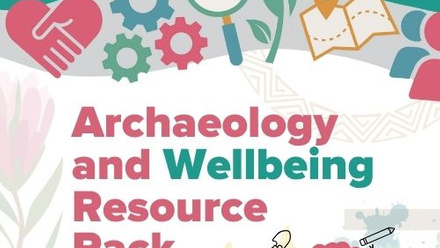Something that captivates me about archaeology is how, through exploring our history and human behaviour, we can trace our evolution as a species. I love learning more about the Neolithic and Bronze Age periods; the conditions we had to survive in were brutal, and it’s so interesting discovering how they adapted to their environment across the globe. I particularly feel this when reflecting on our current lifestyles, when undertaking something such as Duke of Edinburgh, with four days in the ‘wilderness’, felt incredibly difficult to me. I have recently been reading Being a Human by Charles Foster, which has provided an interesting exploration of the question- ‘what kind of a creature are we?’.
Whilst there are many differences in our species now after years of evolution, what I find thought-provoking and what Foster also discusses, are the many similarities between us.
I have been reflecting on this recently- particularly on the fascinating use of ritual landscapes, such as Stonehenge, at this time. The need for a more meaningful experience to life has been a theme for thousands of years, and something that prehistoric humans, who we see as more ‘barbaric’ than us, also yearned for. Despite the fact religion is becoming less popular in some parts of the world, spirituality as a whole is still a very large part of our modern culture and it’s interesting that it has existed for over 12,000 years.
The fact that we don’t still completely understand how or why these sites were created at the time makes it all the more mysterious and interesting. A theory behind places such as Avebury and Stonehenge involves ancient ceremonies and rituals dedicated to remembering their ancestors. The use of sites such as Find my Past and Ancestry in our current day, and the huge interest in genealogy, also reminds me of our similarities through this innate desire to remember our history and what has come before.
Contact details
Josie
Historic England

